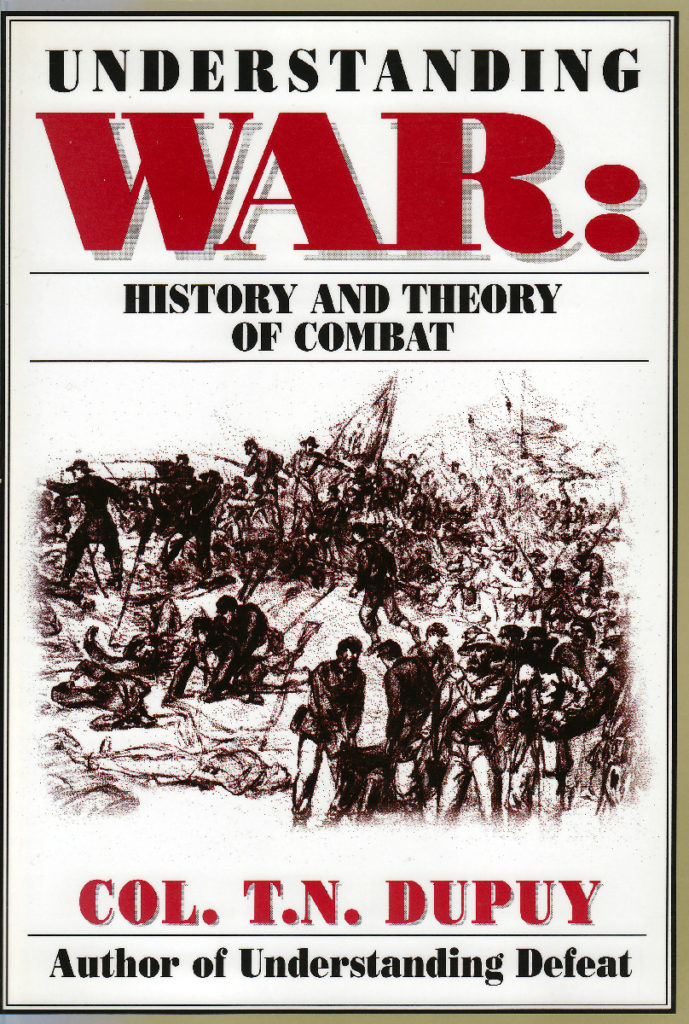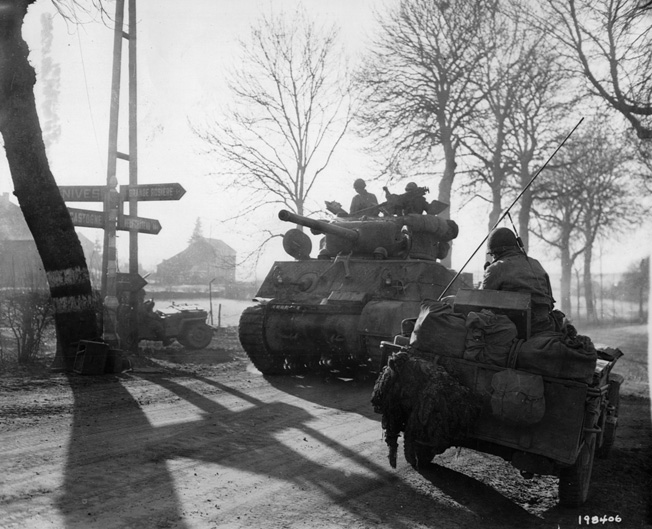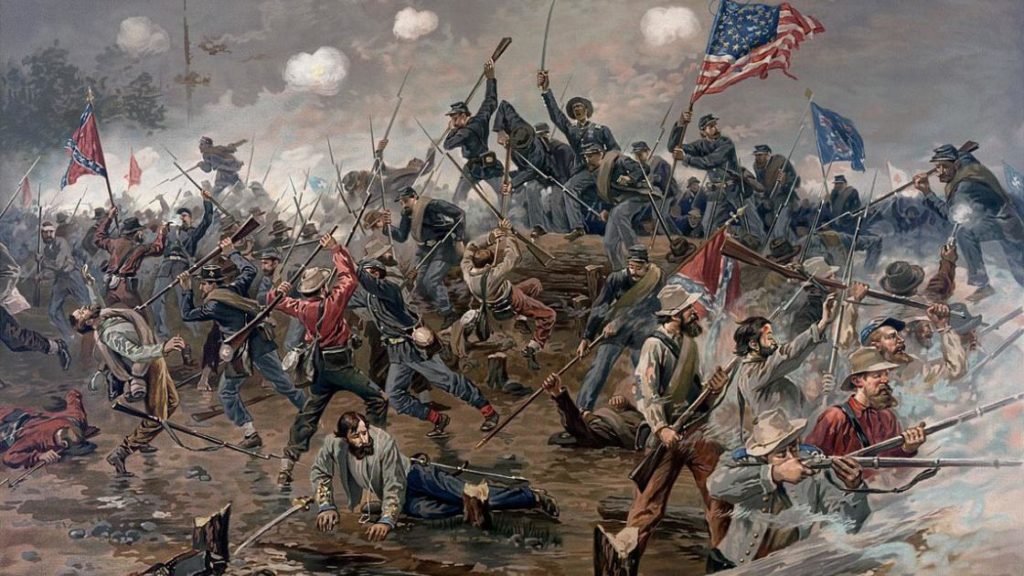 The December 2018 issue of Phalanx, a periodical journal published by The Military Operations Research Society (MORS), contains an article by Jonathan K. Alt, Christopher Morey, and Larry Larimer, entitled “Perspectives on Combat Modeling.” (the article is paywalled, but limited public access is available via JSTOR).
The December 2018 issue of Phalanx, a periodical journal published by The Military Operations Research Society (MORS), contains an article by Jonathan K. Alt, Christopher Morey, and Larry Larimer, entitled “Perspectives on Combat Modeling.” (the article is paywalled, but limited public access is available via JSTOR).
Their article was written partly as a critical rebuttal to a TDI blog post originally published in April 2017, which discussed an issue of which the combat modeling and simulation community has long been aware but slow to address, known as the “Base of Sand” problem.
Wargaming Multi-Domain Battle: The Base Of Sand Problem
In short, because so little is empirically known about the real-world structures of combat processes and the interactions of these processes, modelers have been forced to rely on the judgement of subject matter experts (SMEs) to fill in the blanks. No one really knows if the blend of empirical data and SME judgement accurately represents combat because the modeling community has been reluctant to test its models against data on real world experience, a process known as validation.
TDI President Chris Lawrence subsequently published a series of blog posts responding to the specific comments and criticisms leveled by Alt, Morey, and Larimer.
How are combat models and simulations tested to see if they portray real-world combat accurately? Are they actually tested?
Engaging the Phalanx
How can we know if combat simulations adhere to strict standards established by the DoD regarding validation? Perhaps the validation reports can be released for peer review.
Validation
Some claim that models of complex combat behavior cannot really be tested against real-world operational experience, but this has already been done. Several times.
Validating Attrition
If only the “physics-based aspects” of combat models are empirically tested, do those models reliably represent real-world combat with humans or only the interactions of weapons systems?
Physics-based Aspects of Combat
Is real-world historical operational combat experience useful only for demonstrating the capabilities of combat models, or is it something the models should be able to reliably replicate?
Historical Demonstrations?
If a Subject Matter Expert (SME) can be substituted for a proper combat model validation effort, then could not a SME simply be substituted for the model? Should not all models be considered expert judgement quantified?
SMEs
What should be done about the “Base of Sand” problem? Here are some suggestions.
Engaging the Phalanx (part 7 of 7)
Persuading the military operations research community of the importance of research on real-world combat experience in modeling has been an uphill battle with a long history.
Diddlysquat
And the debate continues…
 Trevor Dupuy’s combat models (the Quantified Judgement Model (QJM) and the Tactical Numerical Deterministic Model (TNDM)) are formal expressions of his theory of combat. Dupuy provided an extensive discussion of the basis for his theory in his books, particularly Understanding War: History and Theory of Combat (NOVA Publications, 1987). While many are familiar with his models, fewer are aware of the concepts that he based it upon. This will be the first in a series of posts looking at those elements.
Trevor Dupuy’s combat models (the Quantified Judgement Model (QJM) and the Tactical Numerical Deterministic Model (TNDM)) are formal expressions of his theory of combat. Dupuy provided an extensive discussion of the basis for his theory in his books, particularly Understanding War: History and Theory of Combat (NOVA Publications, 1987). While many are familiar with his models, fewer are aware of the concepts that he based it upon. This will be the first in a series of posts looking at those elements.







 Today’s edition of TDI Friday Read is a roundup of posts by TDI President Christopher Lawrence exploring the details of tank combat between German and Soviet forces
Today’s edition of TDI Friday Read is a roundup of posts by TDI President Christopher Lawrence exploring the details of tank combat between German and Soviet forces 